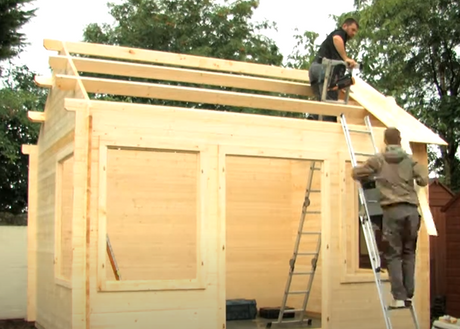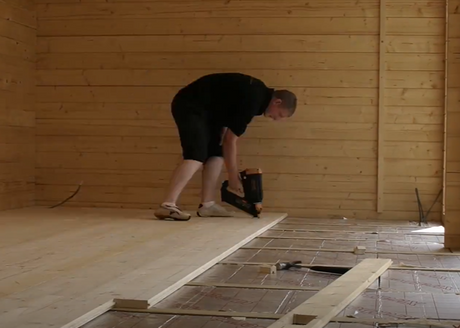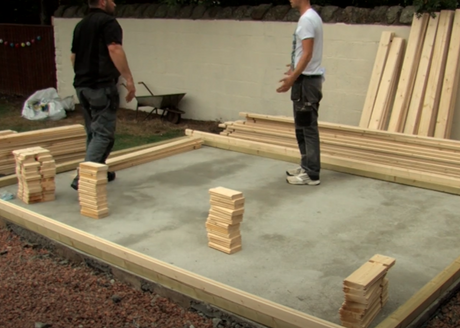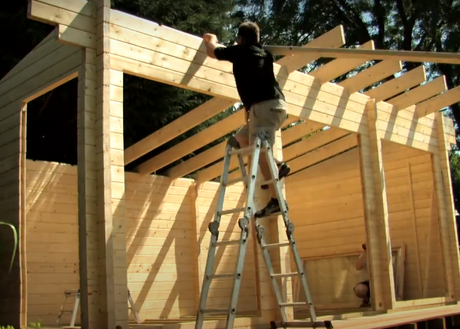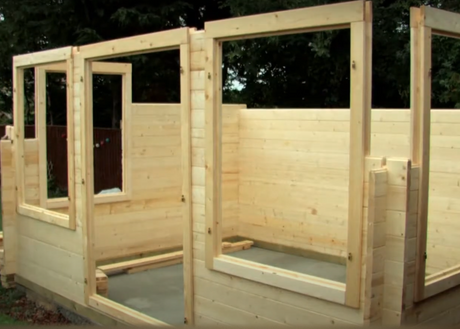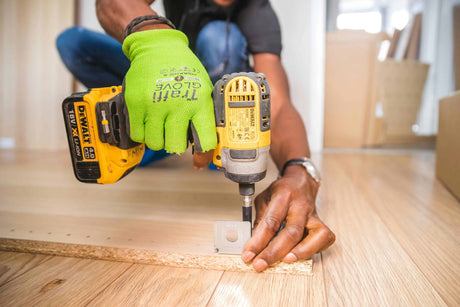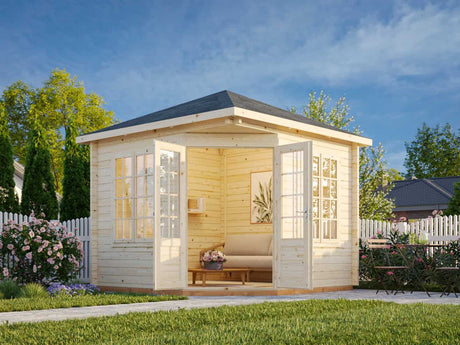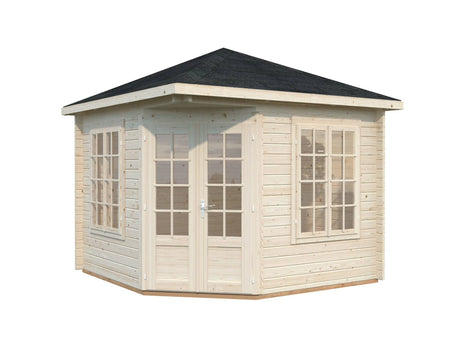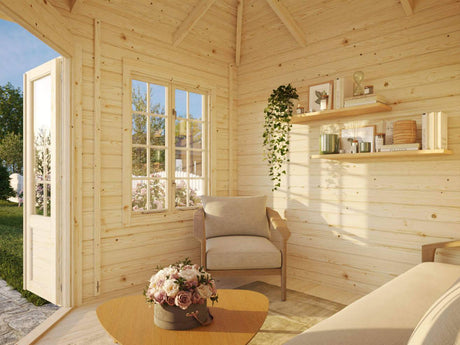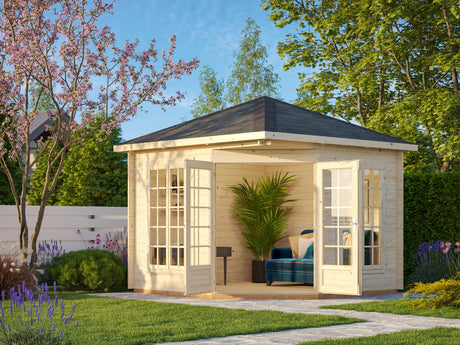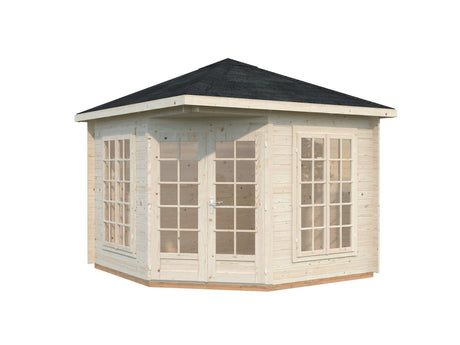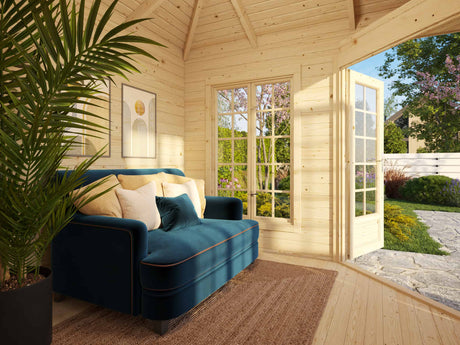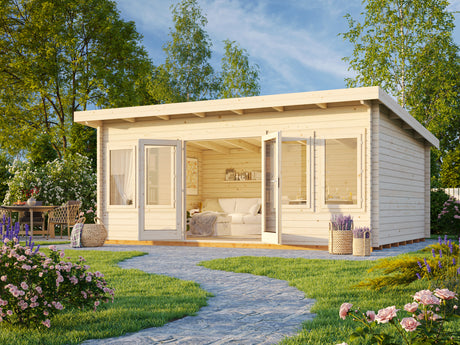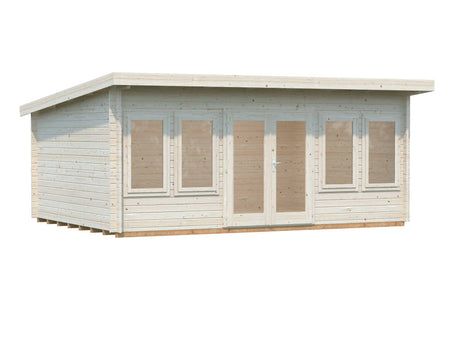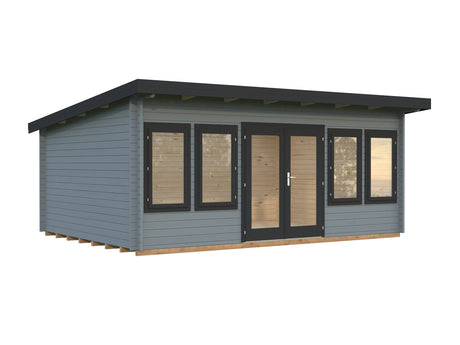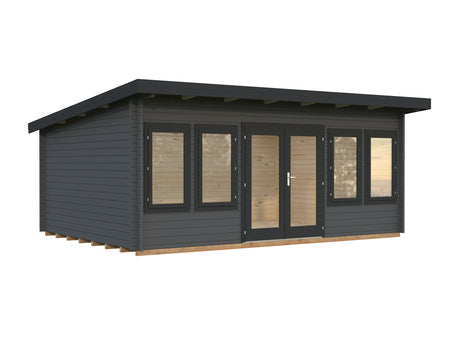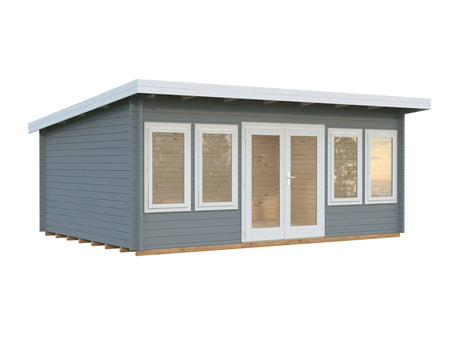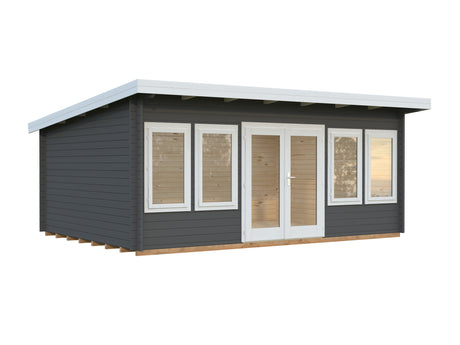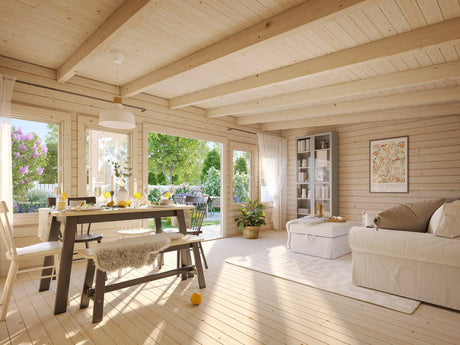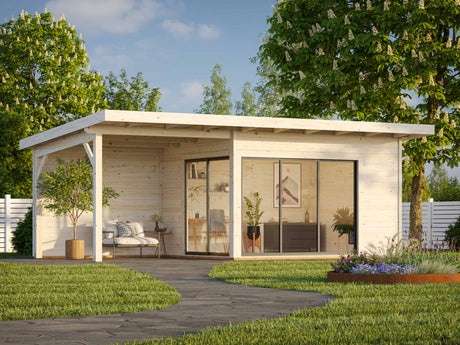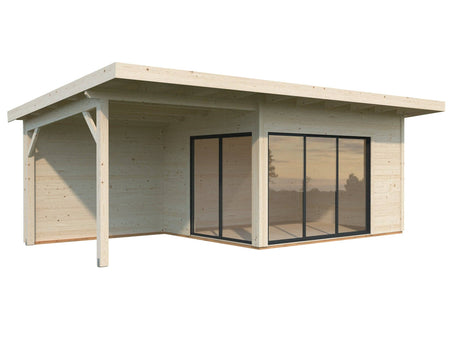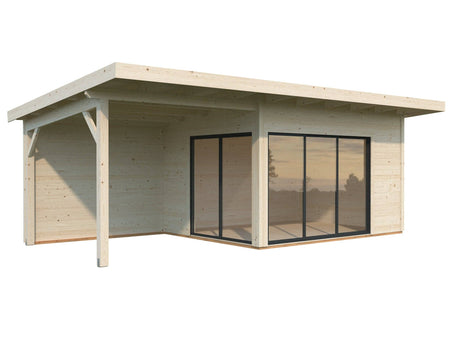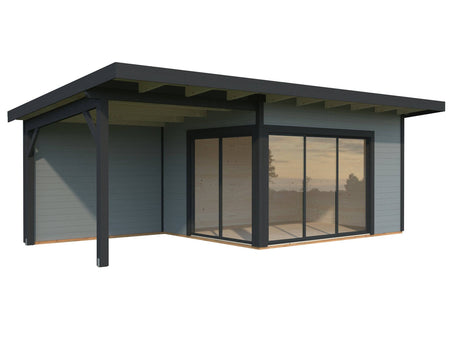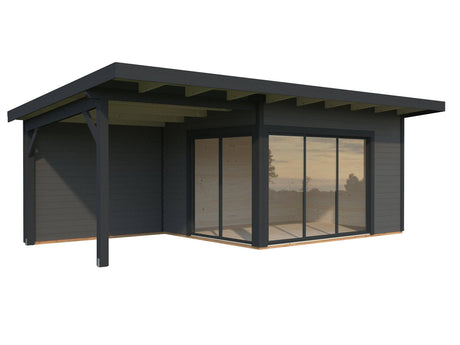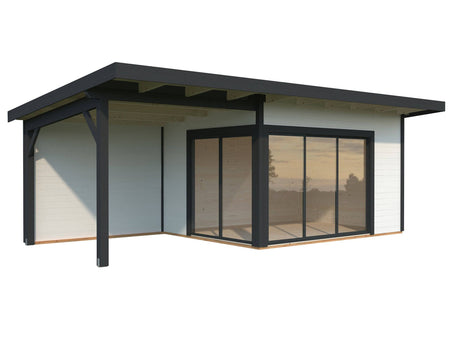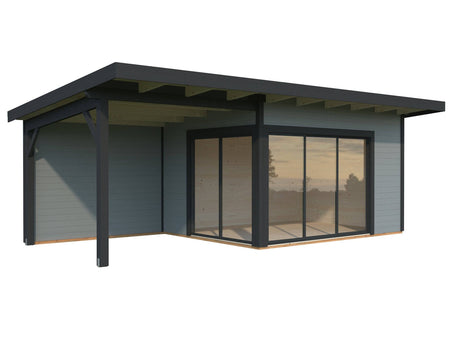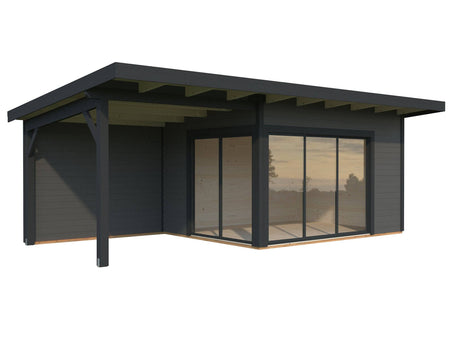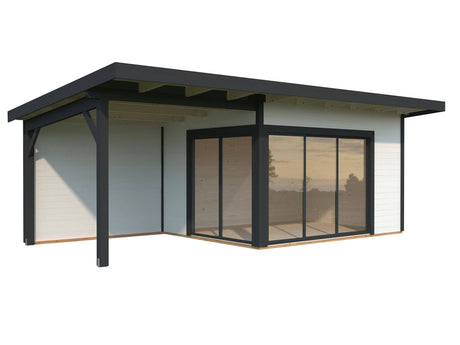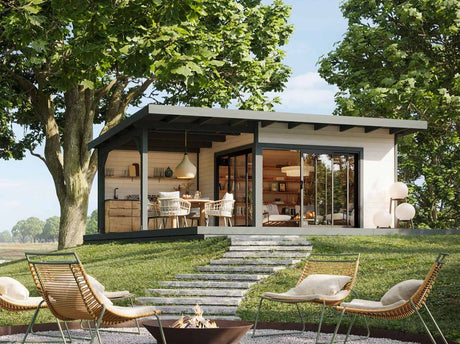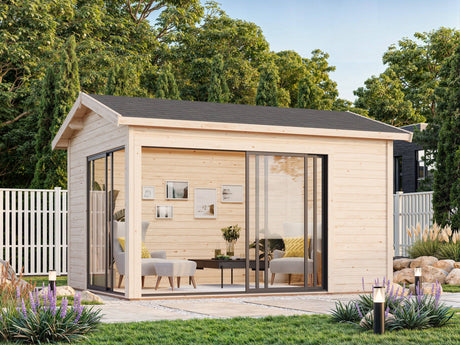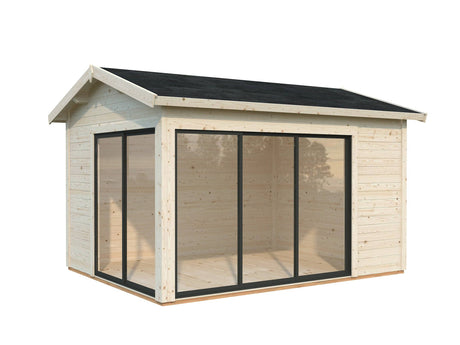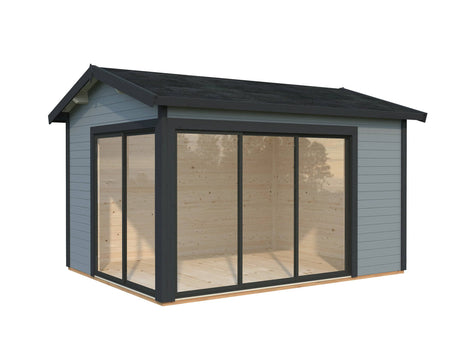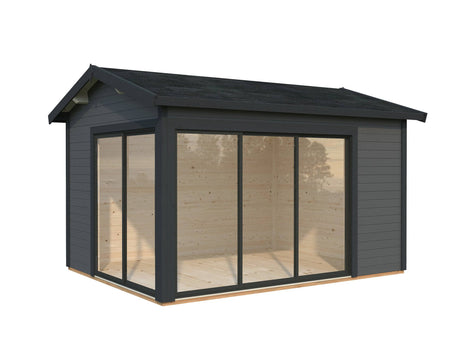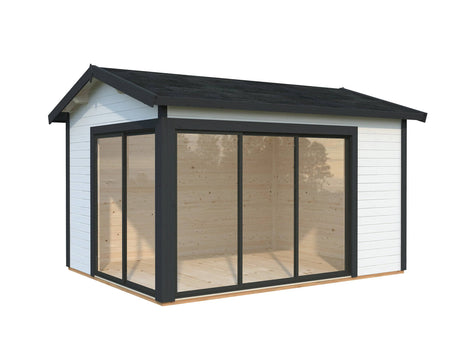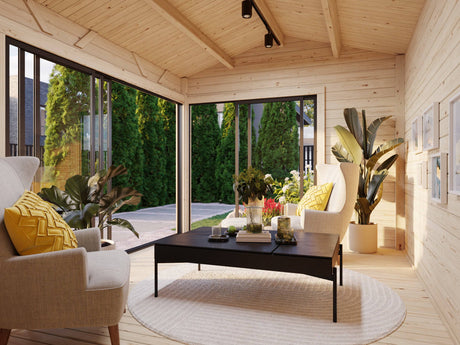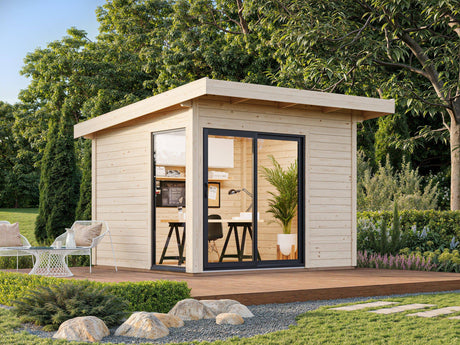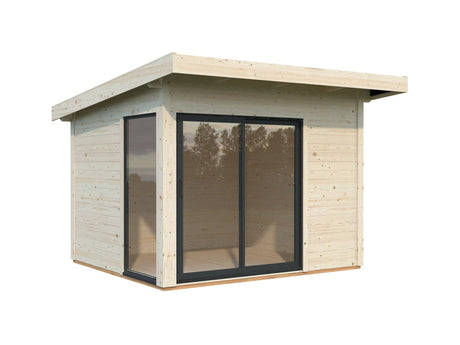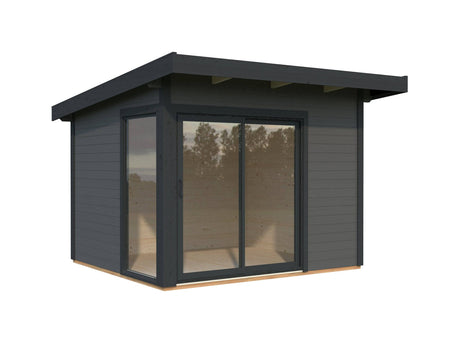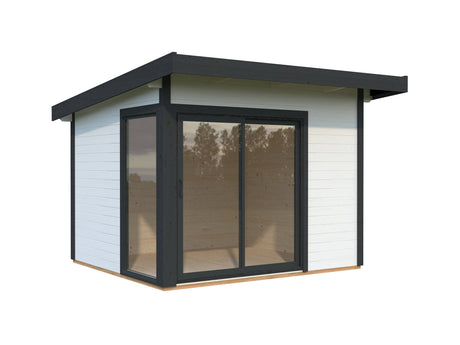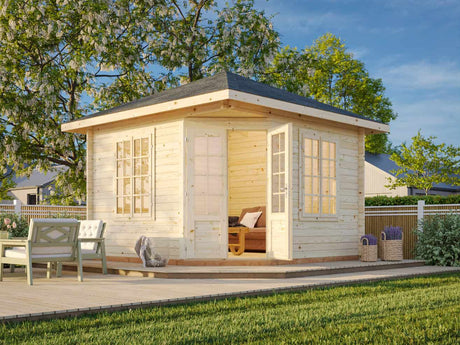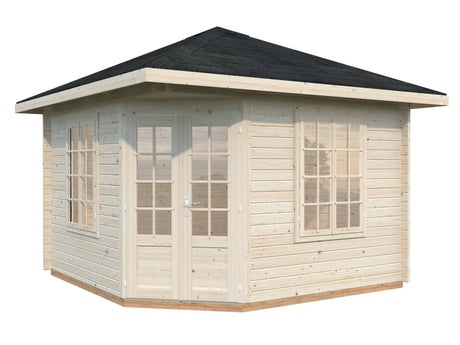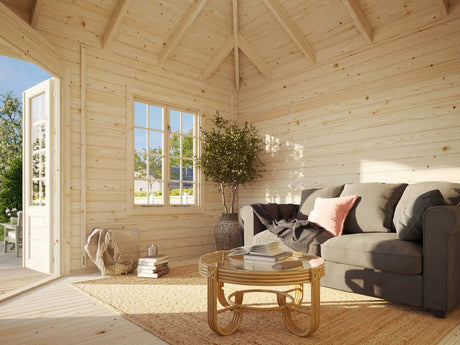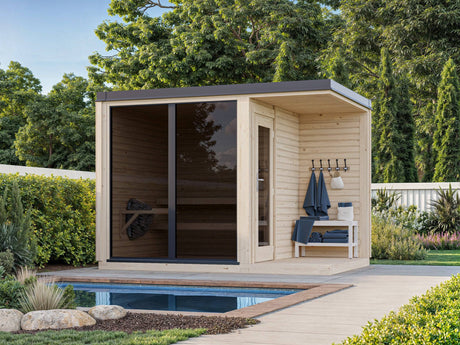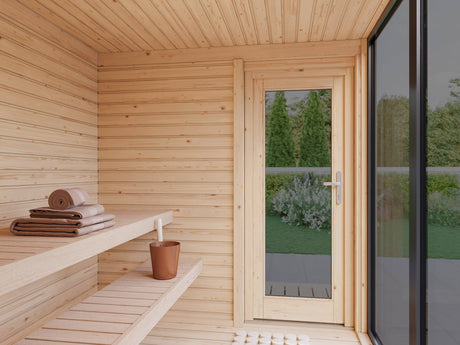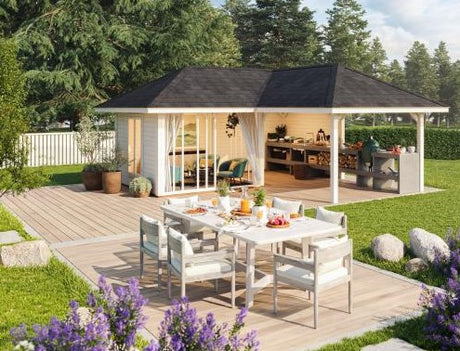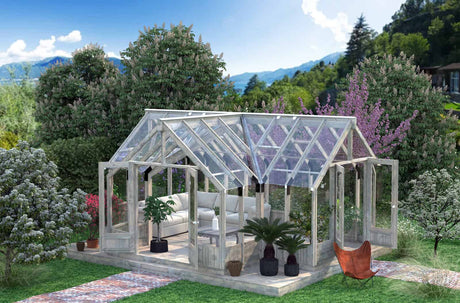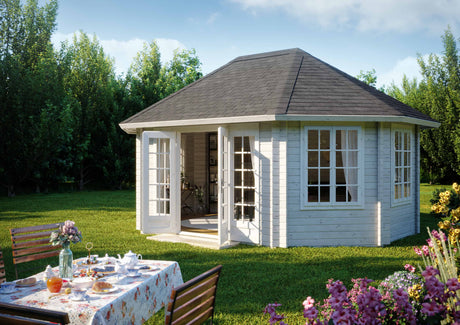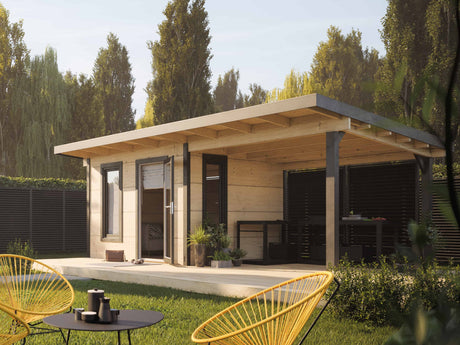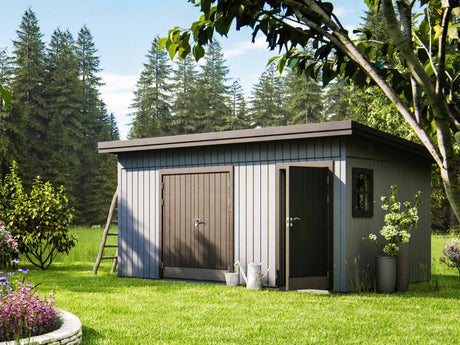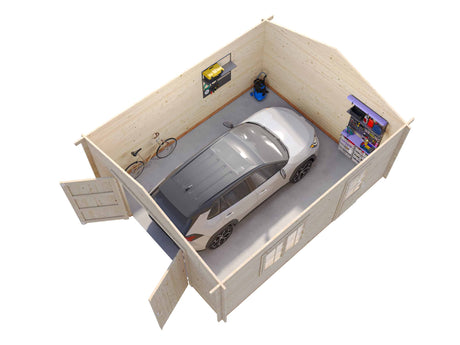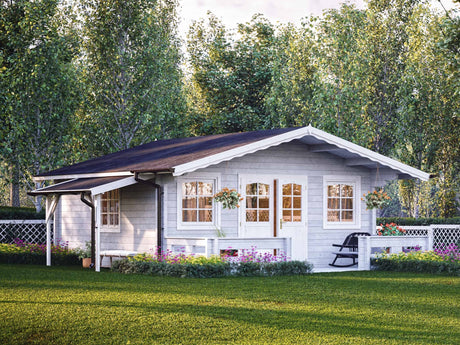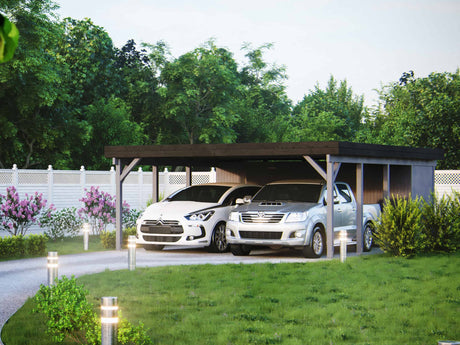At the end of 2013 over 4 million people in the UK were self-employed – and the numbers keep on rising. Not all of these people are working at home, of course – the 4 million includes contractors, freelancers and trades people who work on-site for customers and clients. But with more people working for themselves, more of us need space at home to do our jobs.

The classic solution is the spare room or the garage – or worse, a PC and desk squeezed into the corner of the bedroom, or a laptop on the sofa. But talk to any home-workers and they’ll give you a list of drawbacks: interruptions by family, no space to store papers or supplies, nowhere professional to meet customers, the difficulty of switching off from work …. What they need is an office, but setting up a home office isn’t as easy, or cheap, as it may seem.
If you’re an empty-nester, you could easily convert a bedroom into something more ‘professional’. But what if you’re already bursting at the seams? Extensions and attic conversions are expensive, disruptive and can take many months (or years) to finalise. So, how to set up a home office on a budget? Well, a garden office or garden studio could be the perfect solution.
Not only are garden offices cheaper than extensions and loft conversions, they can be completed in the space of a few days, and won’t render your house uninhabitable while they’re being constructed. And if you tire of working for yourself, they can quickly transform into a home gym, games room, spare bedroom or workshop, and if you move house, you can take a timber garden office with you!
As the idea of the garden office has become mainstream, the choice of designs has proliferated (as a browse around the Palmako website will illustrate). When deciding on a style, it may help to run through the following questions:
- What sort of building design would match the image of your business – a traditional garden room design, a more spacious log cabin, or something sleeker and contemporary in appearance, such as our Etta or Solveig designs?
- Do you want the office to double up for other purposes – summerhouse or workshop, and which designs would offer the greater scope to do this?
- Do you hope to take on staff in the future, and will they need their own deskspace?
- Do you need substantial space to store supplies or finished products?
- Will you need some sort of ‘reception’ area – for example, if you need a waiting area whilst you deal with several clients?

All these questions will help determine the style, size and layout of the garden office you choose, as well as solving the problem of how to set up a home office on a budget. For example, in the Palmako range, some of the larger models like Sandra 29.9m2, Sandra 21.5+3.7m2, Anna 26.8m2 and Emily 39.2m2 have more than one room, creating options for store rooms, meeting space, reception area or private offices.
One final point to guide your choice is the question of warmth. Palmako recommend that you look for timber garden rooms with a wall thickness of at least 44mm, especially if you want to use a garden office all year round. Thinner than that, and even the densest timber won’t have sufficient insulation properties to keep your home office warm enough for four-seasons use (without landing you with high heating bills). Similarly, we recommend garden rooms with double-glazed windows if you plan to use your office for long stretches or throughout the year.


